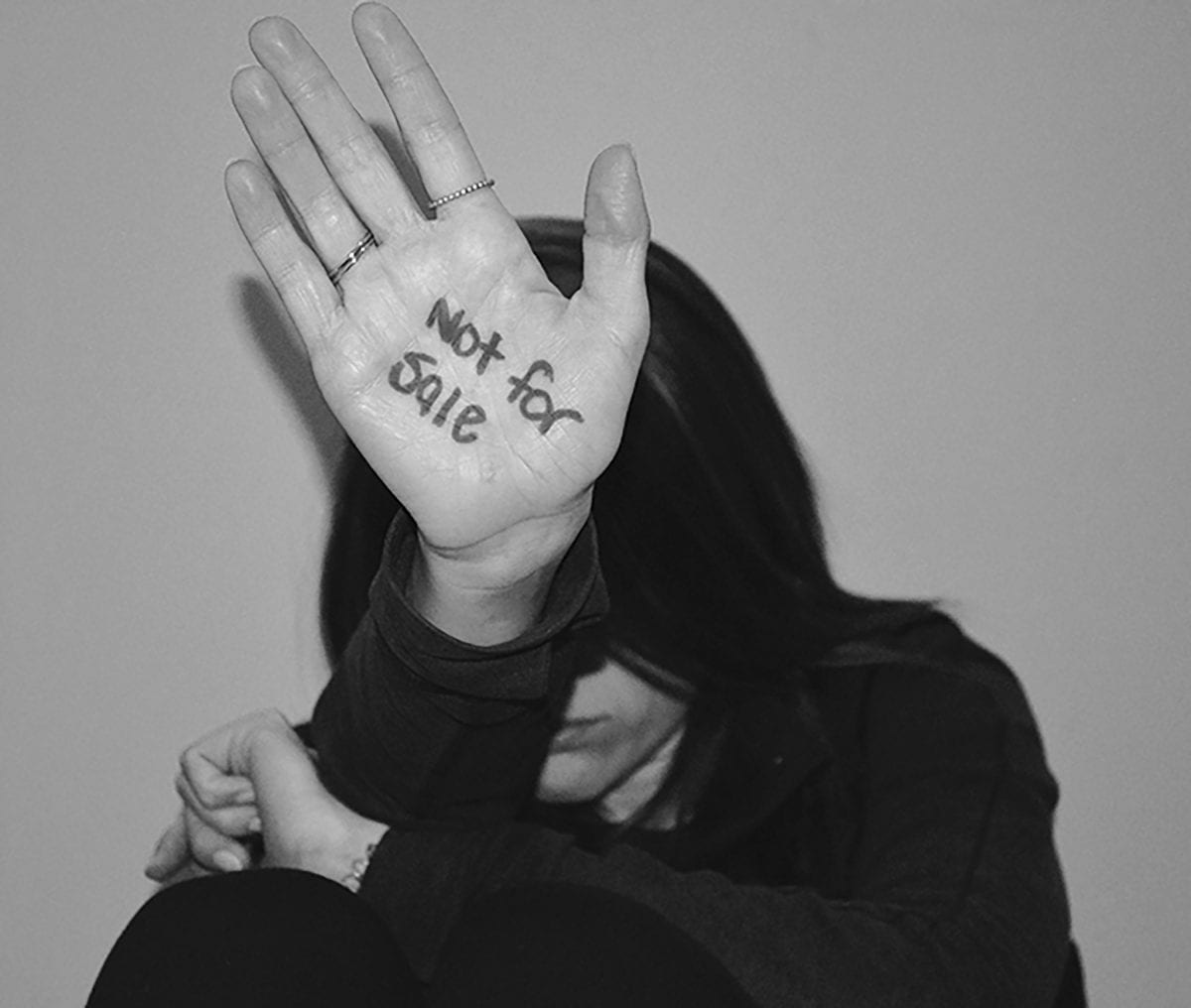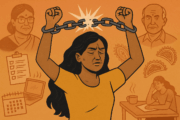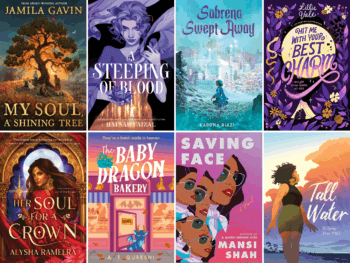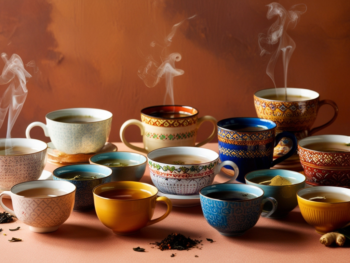
“Girl Up” Documentary Reveals How Human Trafficking Is Happening Right Here At Home
Lifestyle Jun 17, 2019
Toronto recently hosted an exclusive screening of Girl Up, a documentary directed, written and produced by Shreya Patel which revealed the first person story of “Jessica” who was trafficked by her boyfriend while in high school. With ticket proceeds going to Boost for Kids, the evening was geared to raise awareness and understand the hard truths about human trafficking and how it’s happening here at home. “Girl Up” Documentary Reveals How Human Trafficking Is Happening Right Here
**If you feel that are seeing someone being a victim of human trafficking please call:
Canadian Human Trafficking National Hotline 1-833-900-1010**
The hour long post-screening panel discussion was hosted by Char San Pedro along with Patel, the panelists also included Kim Dhillon, a sexual assault/domestic violence counsellor and advocate and Rhonelle Bruder an activist and a survivor. The panel discussion revealed some startling statistics, what discussions should be had with both boys and girls and how to recognize the signs that someone is being trafficked.

Eye-Opening Statistics:
Human trafficking accounts for 40 million cases globally. In Canada 95% of victims are women, in the U.S 55% are women, while generally 1 in 4 being children. Human trafficking can lure in children as young as 10 and women as old as 64, however generally those who fall between the ages 12-14 are at the highest risk of being targeted.


Be Careful What You Share On Social Media:
Be cautious of what you share on social media. Tips include limiting amount of people who can see your stuff including photos and personal information.
Why Does It Happen?
There’s an obvious sense of control. It can also be an issue of filling a void, addressing an unmet need. When that need is met, there’s a relationship developed which can start out as nice and loving. And when it’s pulled away, the person craves that again. That sense of love, emotional satisfaction and attention is then associated with money. Also economic strain makes women more vulnerable to trafficking.

How Do Pimps Recruit?
Toronto is the hub for human trafficking for Canada. People are coming to Toronto and being trafficked here and moved across Canada and the Greater Toronto Area. Facebook, Instagram and dating apps are huge recruitment platforms.
Difference Between Smuggling and Trafficking:
With respect to smuggling there is consent and an end destination. Whereas in human trafficking, there isn’t a consent and the exploitation is ongoing.
Language Is Key:
Younger people don’t understand the language thus don’t see themselves as being trafficked. The term “trafficking” can deceptively allude to the idea of constant movement. However movement isn’t necessary. People can be trafficked from their home.
Religious language is also used to recruit. Using terms like “God of Mother” or referencing other holy rituals that people believe in, is also a way to lure people into trafficking.

Signs Of Human Trafficking That You Should Look Out For:
Statistics show that majority of the cases of human trafficking is done by someone the victim knows. It’s happening in schools and in workplaces. It can be disguised as legitimate job postings on online sites such as Craigslist/Kijiji.
Keep an eye on interviews at coffee shops or libraries that occur later in evening.
Sex trafficking hikes up in the summer.
People are usually targeted at mall.
Be mindful of whom you are renting out your property to as prime places where human trafficking occurs are condos and AirBnBs.
Victims are often branded with a tattoo. It could be a number or logo to show them as they are the property of their pimp.
The victim pays attention to their appearance more than usual.
Noticing people are isolating themselves from their friends and family.
The idea of the pimp being a lot older may not be the case. In plenty of cases the pimp can be in the similar age range as the victim.
Women are often used by pimps to recruit more victims.

How Can We Raise Awareness:
Human trafficking is what domestic violence was 20 years ago when it comes to terms of awareness. The conversation is still taboo. The silence enables them. Tackling the stigma of shame is a challenge. The stigma traps survivors who then eventually go back to their pimp. It’s very hard to integrate back into society.
Open dialogue at home is key instead of waiting for that convo at school. With both boys and girls. Dialogue with the boys should also include breaking idea of what masculinity is. Talk about sex. It’s important to talk about the detrimental effects of pornography with the boys.
Important to have support in place for those looking to leave. It’s important for the victim to be able speak to someone. Even though majority of human trafficking cases involve women, there should also be a safe space should be created for young boys and men as well. So they can also express themselves and understanding what they need.
Prevention is key especially understanding and addressing mental health issues with children so they don’t go down this path in the future.
The Reality Is…
Survivors will have flashbacks and mental health issues, as they have lost their family and friends. Surviving marks the beginning of a start of a long journey ahead and statistics do show that survivors do back to their pimps. However with the proper awareness, support and recognizing the signs we can collectively work towards turning these victims into survivors.
If you feel that are seeing someone being a victim of human trafficking please call:
Canadian Human Trafficking National Hotline 1-833-900-1010
Main Image Photo Credit: Durham College Chronicle
Hina P. Ansari
Author
Hina P. Ansari is a graduate from The University of Western Ontario (London, Ontario). Since then she has carved a successful career in Canada's national fashion-publishing world as the Entertainment/Photo Editor at FLARE Magazine, Canada's national fashion magazine. She was the first South Asian in...

















































































































